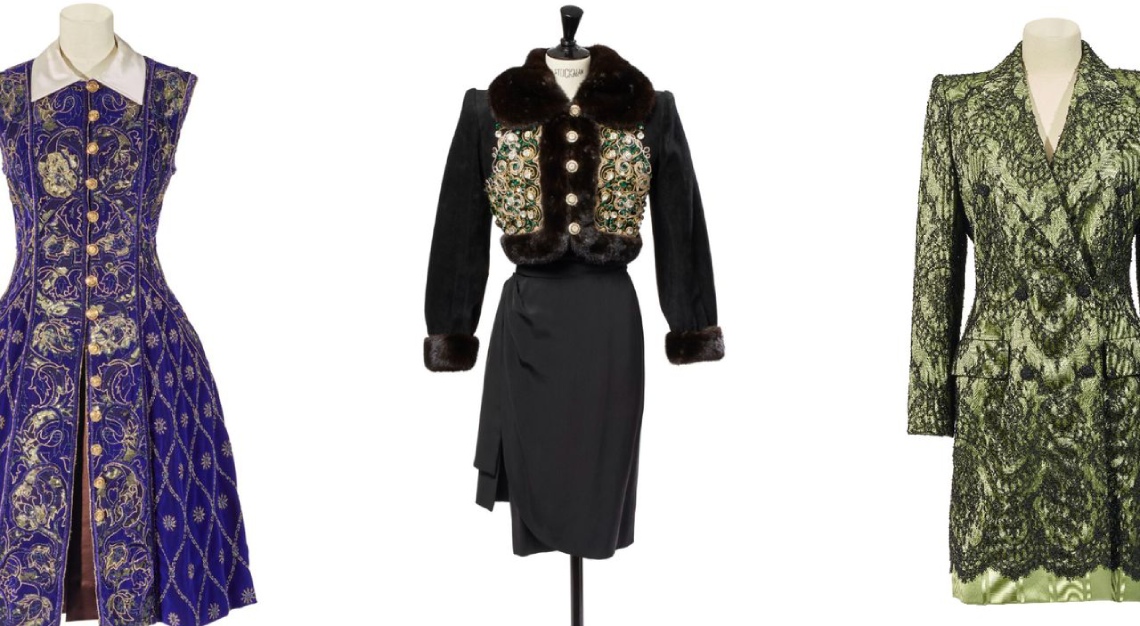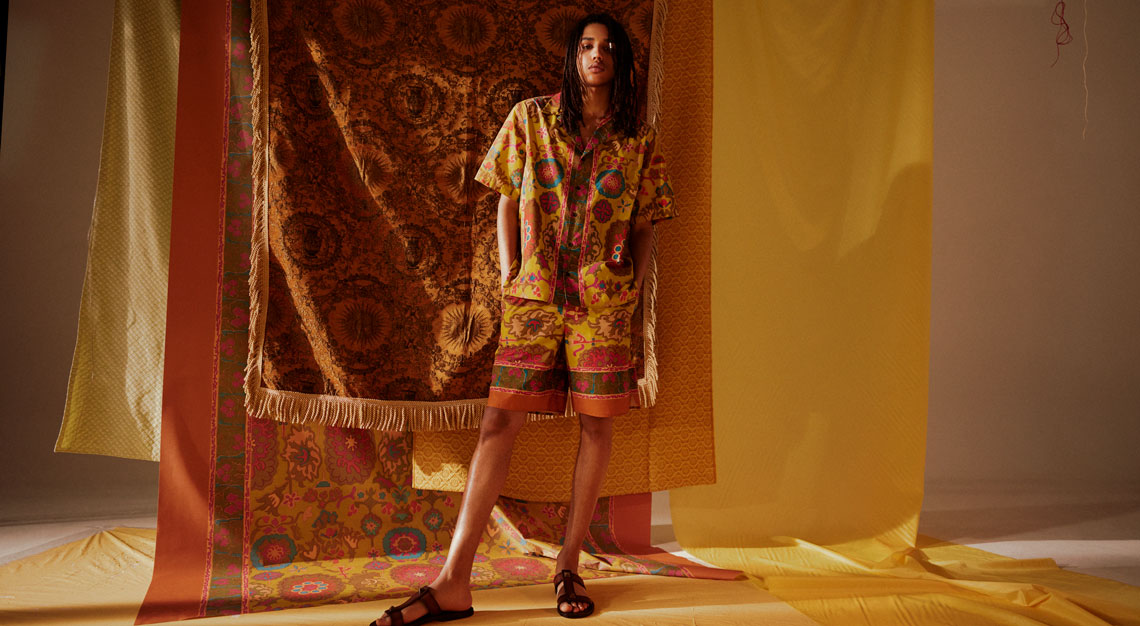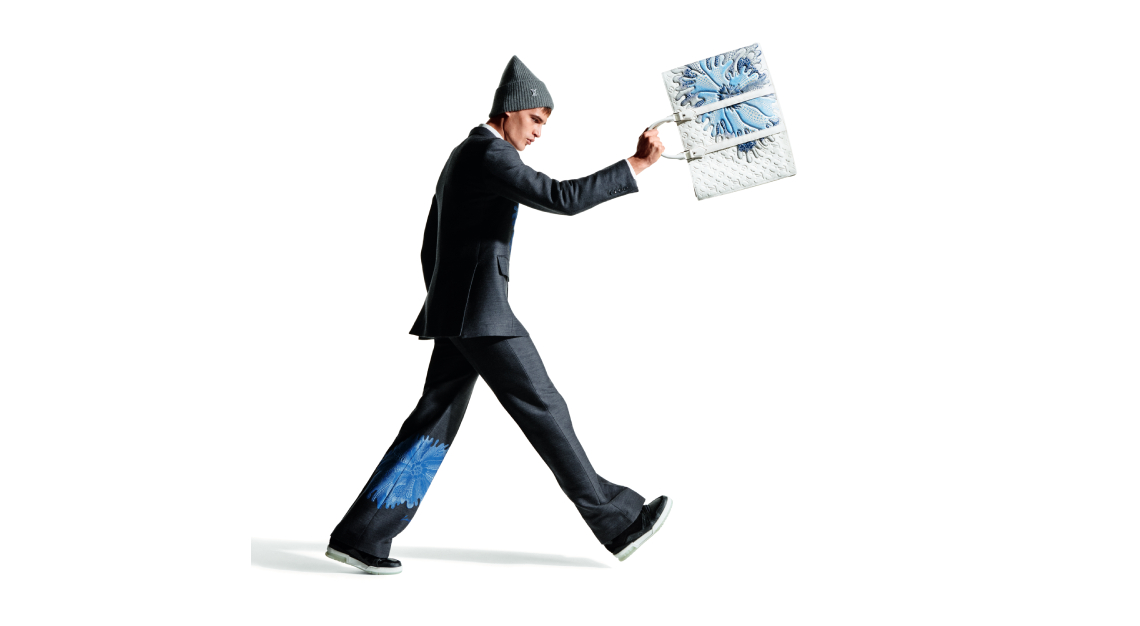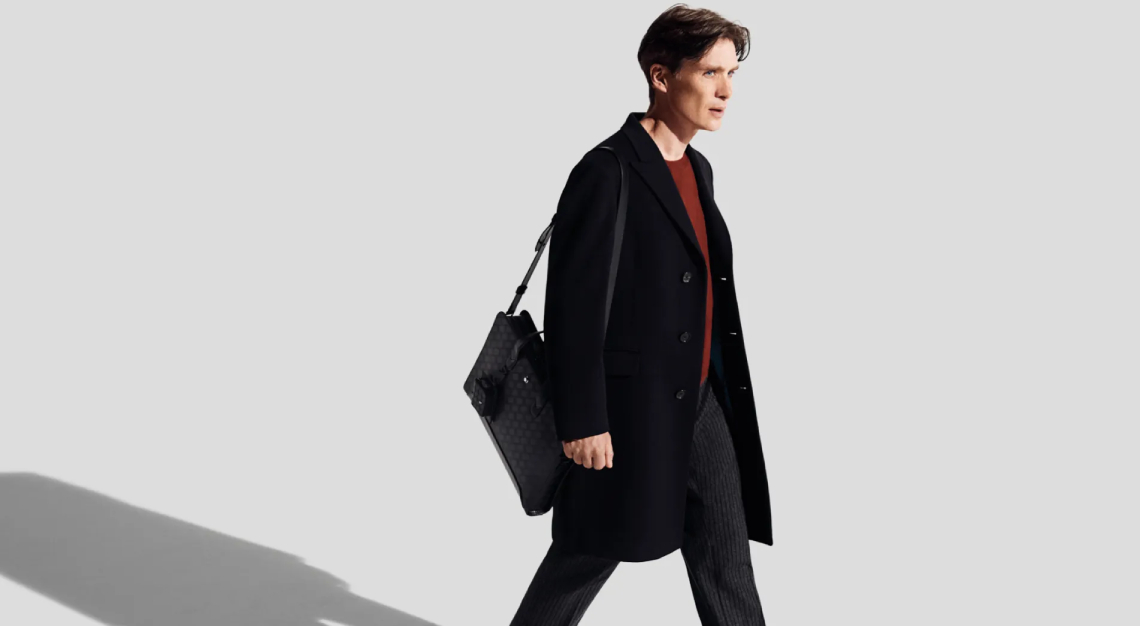Influencers have helped turn on a spigot of selling VIP gifts on the secondary market, driving up demand in the luxury-loving public. Counterfeiters have taken notice
Call her Sherlock Hermès. Ingrid Chua, a journalist and blogger behind the Bag Hag Diaries, started noticing a strange phenomenon back in 2019, mostly on Instagram and high-end resale sites. They were flooded with oddball luxury items—pouches, tote bags, and beach towels—priced at a fraction of, say, a leather purse. These goodies were touted as never-for-sale VIP gifts, treats handed to friends of the brand, influencers, or free-spending clients. Chua’s suspicions were piqued by the volumes on offer, perhaps 20 or more from a single seller who might also offer a wait list for the next delivery. “If you’re a VIP, you might get one or two things, but how do they have batch after batch of them? It was seriously shady,” she scoffs.
So, Chua started snooping, setting up fake Insta handles to query the sellers on that platform. It was obvious to her that most, if not all, of these items were counterfeit. When she started sharing screengrabs of her exchanges on her Instagram Stories, the abuse began. “I got threats, things like ‘We’re going to sue you, you’re making us lose revenue.’” Undeterred, Chua kept digging, even hiring a trio of photographers to analyse images shared as part of the sales pitches. Take the makeup pouch purportedly offered by Chanel Beauty as a thank you to certain customers that was pictured on one of the brand’s makeup counters. “Guess what? All three of them said it was superimposed on the image—there was no reflection in the vitrine,” she says.
Chua’s crusade is well-timed. Luxury brands have embraced the trappings of so-called clienteling with more gusto than ever, competing to outdo each other in their cosseting of VICs (Very Important Clients); keeping influencers onside the same way is vital, too. One now-commonplace tactic for both involves creating one-off, branded keepsakes that will be gifted rather than sold; these may be available only to certain buyers or are never even offered in the retail environment. There might be a leather wristlet, a key fob, or a small pouch; Prada sent limited-edition shirts to a small number of VICs as a Christmas gift, while Chanel could send a top buyer some throw pillows as a birthday shoutout.
Still, those who don’t receive such treats still want them and will pay handsomely for that freebie. “I often get sourcing requests for VIP gifts, usually Chanel ones—most recently, it was the free Chanel T-shirt that was sent with invitations to the latest Chanel show in Los Angeles,” says Gab Waller, who runs a business scoring hard-to-find luxury items for clients. In that case, Waller, who is based in California, happened to have a personal friend who received one and was happy to resell it. “It was a one-off exception, because 99 per cent of the time, I decline the request,” she says. “With my flat-rate sourcing fee, the price could get high very quickly. And it’s hard for me to justify the resale price on an item that was essentially free. That doesn’t sit right with me.” The fact that most come via the resale market—and have murky provenance as a result—makes Waller even warier.

Delphine Sarfati-Sobreira agrees. The Paris-based executive runs Unifab, or the Union des Fabricants, which effectively campaigns against counterfeiting on all fronts on behalf of 200 or so members, including Hermès, Yves Saint Laurent, and Balenciaga. She cites data that 52 per cent of Europeans aged 15 to 24 bought a counterfeit product last year, and in France, just over a third of buyers unknowingly bought a fake online. “The difference between now and 15 years ago, when someone was press or a VIP client and received a gift, they will keep it,” Sarfati-Sobreira tells Robb Report, “Now, with the rise of influencers, they resell it on secondhand platforms. And then counterfeiters see that and decide to sell their own products the same way.” Influencers, she explains, both turned on a spigot of selling VIP gifts on the secondary market while driving up demand for them in the luxury-loving public.
“Gifts have been quietly regifted or resold forever,” says Susan Scafidi, “but in the era of influencers, luxury is being defined as access to experience, [rather] than to goods anyone can buy with enough money. And these items are now proof of that experience.” Scafidi is a Fordham University professor in New York City, with particular expertise in luxury counterfeiting and head of the non-profit Fashion Law Institute. She says these freebies are heavy with “cultural capital,” tokens of clout and access. That little bag on the front-row seat at a show is a heavy hitter for a certain demographic. “They appeal to people who wish they could have been there, and want to emulate the people who were,” Scafidi says.
The surge in branded items that have little to no value—a cotton T-shirt or plastic pouch rather than a leather bag, for example—has been driven by the clampdown in tax law, Scafidi explains, whereby freebies like this are taxable. (Last year’s Oscar gift bag, for example, would trigger at least US$46,000 to the IRS, and came with a 1099 to make declaring that debt even easier.) Better, then, to offer something whose value is merely branding rather than the materials from which it’s made. Counterfeiting a logo, of course, is much easier than duplicating workmanship or high-quality hide. Scafidi herself points to a T-shirt sent out by a brand she declines to name citing professional concerns: “On the front, in big bold letters, was the logo and, still attached, was the American Apparel label, too.”
Scafidi adds that there’s a particular wrinkle in American law that makes faking these freebies even more appealing stateside. “U.S. law requires that a trademark be used in commerce to protect it. Something given away in a product category that a brand doesn’t ordinarily produce—a Champagne flute from a company that produces clothing and small leather goods, for example. Technically it wouldn’t be protected.” Household names, she continues, could pursue claims against brand dilution, but anti-counterfeiting controls are much harder to apply to anything that was, at least initially, given rather than sold.
There’s another reason driving the surge in sales of shoddy, or counterfeit, gifts: the explosion of resale sites like TheRealReal or Vinted. Unlike a traditional consignment boutique, which operated on a smaller scale often with regular consignees known to the owner, these are world-spanning businesses with aggressive ambitions to scale. See, for example, how Vestiaire Collective is now run by start-up superstar Max Bittner, whose first business sold for billions to Alibaba, or the blockbuster IPO four years ago from TheRealReal, which raised US$300 million (though the shares, priced at US$20 for the offering, now hover at barely one-tenth of that). “Once you give the average consumer out there control to post anything in a marketplace, you’re basically putting up a luxury Craigslist,” says Chua, “It’s a free-for-all and caveat emptor. You just have to hope not to get screwed.” Indeed, one reseller—in this case, the decades-old What Goes Around Comes Around in New York—just lost a lawsuit with Chanel around these very items. The French luxury house accused the shop of selling counterfeit goods and promotional items that were not intended for sale. The judge just ruled in Chanel’s favour over everything from trademark infringement to false advertising, landing the reseller with a US$4 million bill for damages.

London-based Winston Chesterfield runs his own luxury consultancy, Barton. He says the Internet-driven transformation of the secondary market is fundamental to the problem: “When you do a private show for your ultra-high-end clients, those spending more than US$100,000 in a Mayfair townhouse, they’ll give a bag of goodies at the end of it. But the client isn’t interested in them—nine out of 10 people like that you speak to? They’ll give those to their PA or housemaid.” In the past, Chesterfield says, that pass-along treat would have been used or perhaps occasionally sold to a friend. Now, it’s a lucrative moneymaker on eBay, creating a secondary market that’s easily exploited by unscrupulous counterfeiters. Chesterfield echoes Scafidi’s idea that the current quality of these giveaways is also a factor. “They’re producing for the lowest common denominator, pap that the higher-end, higher-value clients don’t want and don’t need. It’s the marketing department taking the initiative, and it’s a little bit out of control.”
Brands, unsurprisingly, aren’t keen to engage on the topic, whether those resale platforms or the designer marques themselves. May Berthelot, who runs the anti-counterfeiting operation at Vinted and has shared social media screeds on this topic, declined to speak to Robb Report. Note, though, that platforms like that are increasingly banning VIP gifts from being offered for sale—the Bittner-run Vestiaire Collective, for example, will not sell “VIP gifts (items received at press or VIP events, items gifted by the brand, free gifts offered in-store as part of a purchase), or items not for sale (including items marked as Not for Sale, samples, packaging etc.).”
Still, perhaps the best way to tackle the issue isn’t policing the sale but polluting the appeal. Harriet Quick co-founded Luminaire, a luxury sourcing start-up aimed at VICs. “I don’t think our clients are that interested in these items, the whole swathe of gifting that goes to influencers,” she says. “It doesn’t suit them, because it’s all a bit too hype-y.” Put simply, such items are both exclusive, and not very exclusive at all. Certainly, anyone trying to offload one online won’t be the original recipient. “The irony of this is that the VIP, that high-spending couture buyer somewhere like Dior or Chanel, probably just gives away the gift to someone or, quite frankly, throws it in the trash,” says Barton’s Chesterfield, of their tarnished appeal. “They’re very unlikely to bother taking pictures, writing up a description, and then chucking it online.”
This story was first published on Robb Report USA. Featured photo by Ingrid Chua






